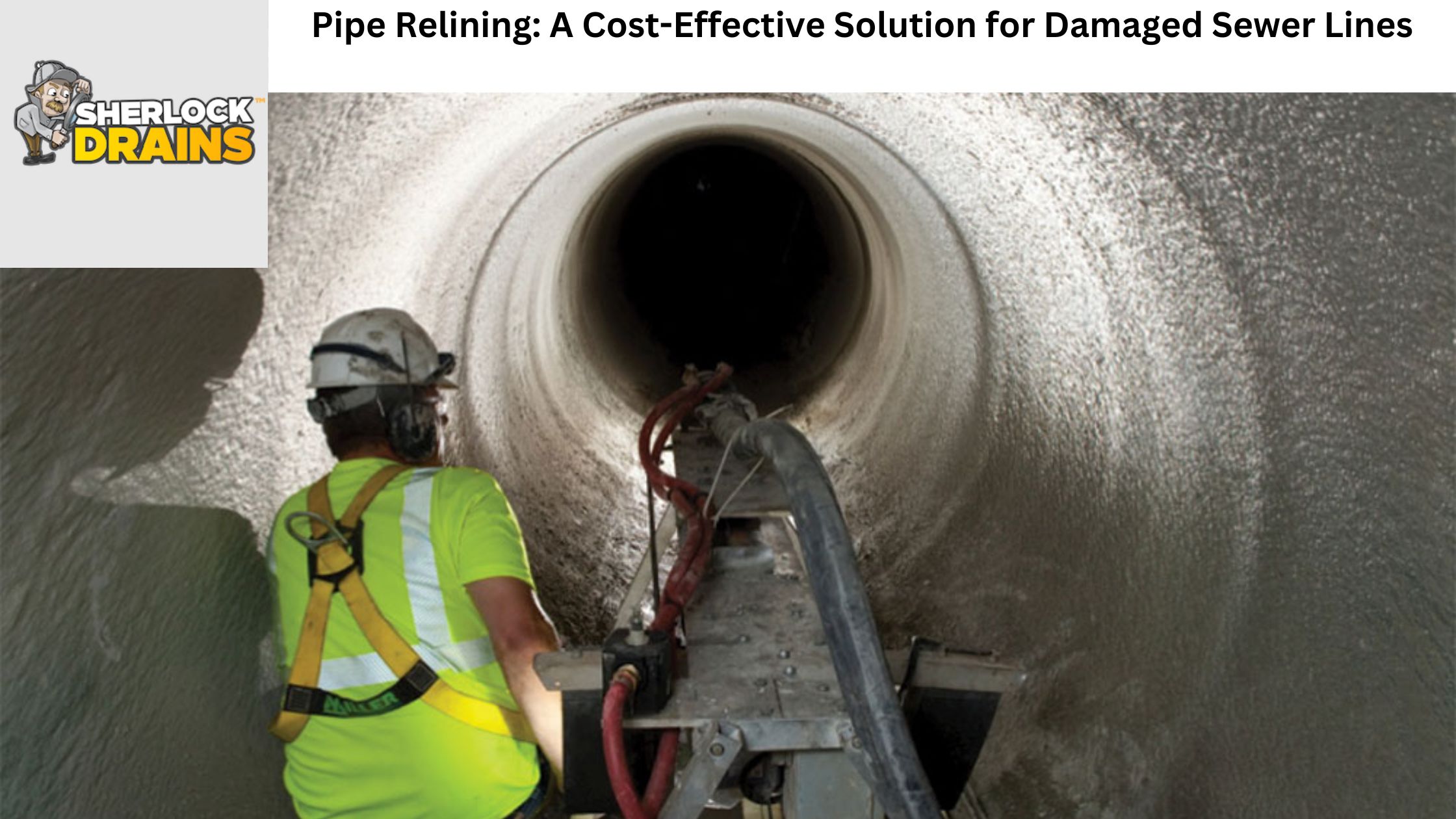Sewer lines are a crucial component of any plumbing system, carrying wastewater away from homes and businesses to treatment plants. However, over time, these sewer lines can become damaged or deteriorate due to various factors, including age, tree root intrusion, or ground movement.
Traditionally, repairing or replacing damaged sewer lines involved extensive excavation and disruption, resulting in high costs and inconvenience. Thankfully, there is a cost-effective and efficient solution: pipe relining. In this blog post, we will explore the concept of pipe relining Northern beaches, its benefits over traditional methods, and how it can be a game-changer for those faced with damaged sewer lines.
Understanding Pipe Relining
Pipe relining is a trenchless technology that involves repairing damaged or deteriorating sewer lines without the need for excavation. Instead of replacing the entire pipe, a new liner is inserted into the existing pipe, creating a sealed and durable barrier. The liner is typically made of a flexible material, such as epoxy resin, which molds to the shape of the existing pipe and hardens to form a new pipe within a pipe.
The materials used in pipe relining, especially epoxy resin liners, are known for their longevity and durability. These liners are resistant to corrosion, cracks, and leaks, providing a long-lasting solution to damaged sewer lines. Compared to traditional methods, which often involve replacing the entire pipe, pipe relining is a cost-effective option that extends the life of the existing infrastructure.
Signs that Indicate the Need for Pipe Relining
Identifying the need for pipe relining sydney is essential to prevent further damage and costly repairs. Some common signs that indicate damaged sewer lines include recurring clogs, slow drains, foul odors, and sewage backups. If you notice any of these symptoms, it is crucial to seek professional assistance to assess the condition of your sewer lines.
Technological advancements, such as closed-circuit television (CCTV) drain surveys, have made it easier to identify issues requiring pipe relining. These surveys involve inserting a small camera attached to a flexible rod into the sewer lines to inspect their condition. The real-time footage allows plumbers to identify cracks, leaks, and other damage, enabling them to determine whether pipe relining is a suitable solution.
The Process of Pipe Relining
Preparations
Before starting the pipe relining process, certain preparations need to be made. First, the sewer lines must be thoroughly cleaned to remove any debris or obstructions. High-pressure water jetting or mechanical cleaning methods are used to ensure the pipes are clear and ready for relining.
Installation
- Inserting Liners
Once the pipes are prepared, technicians insert flexible liners impregnated with epoxy resin into the damaged sections of the sewer lines. The liners are custom-cut to the required length and diameter to fit seamlessly into the existing pipes. This step ensures a tight and secure fit for optimal performance.
- Inflation and Curing
Once the liners are in place, air pressure or water is used to inflate and mold the liner against the inner walls of the existing pipe. This process ensures that the liner adheres to the pipe’s contours, creating a smooth and seamless surface. The liner is then left to cure, allowing the epoxy resin to harden and form a new, structurally sound pipe within the existing one. Curing times and temperature requirements may vary depending on the specific resin used and environmental conditions.
Final Inspection and Restoration
After the curing process, a final inspection is conducted to ensure the quality of the relined pipe. CCTV drain surveys or other inspection techniques are used to assess the integrity of the relined sections and verify that all damage has been addressed. Once the pipe relining process is complete, any necessary restoration work, such as backfilling and reseeding, is carried out to restore the area to its original condition.
Advantages of Pipe Relining
Pipe relining offers several advantages over traditional methods of repairing damaged sewer lines, making it an attractive option for homeowners and businesses alike.
– Cost-effectiveness: Pipe relining eliminates the need for extensive excavation or pipe replacement, resulting in significant cost savings. The labor-intensive process of digging trenches and replacing pipes can be both time-consuming and expensive. Pipe relining minimizes these costs by utilizing the existing infrastructure and only targeting the damaged sections.
– Time-saving benefits: Traditional methods of repairing or replacing damaged sewer lines can take days or even weeks, causing significant disruption to daily activities. Pipe relining, on the other hand, typically requires less time and can be completed within a few hours or a day, depending on the extent of the damage. This means minimal disruption to your home or business operations, allowing you to get back to normalcy quickly.
– Minimal disruption and preservation of infrastructure: Pipe relining is a trenchless technology, meaning there is no need for extensive excavation or disruption of landscaping, driveways, or other infrastructure. This is particularly beneficial for homeowners or businesses with well-maintained gardens, paved areas, or delicate structures. The existing pipes act as a guide for the new liners, minimizing the need for excavation and preserving the aesthetics of the surroundings.
Conclusion:
Pipe relining is a cost-effective and efficient solution for damaged sewer lines. By eliminating the need for extensive excavation and replacement, pipe relining Northern beaches offers significant cost savings, time efficiency, and minimal disruption to daily activities.
It is crucial to consult professional plumbers experienced in pipe relining to accurately assess the condition of your sewer lines and ensure quality workmanship. If you are faced with plumbing issues related to damaged sewer lines, consider pipe relining as a viable and long-lasting solution.


